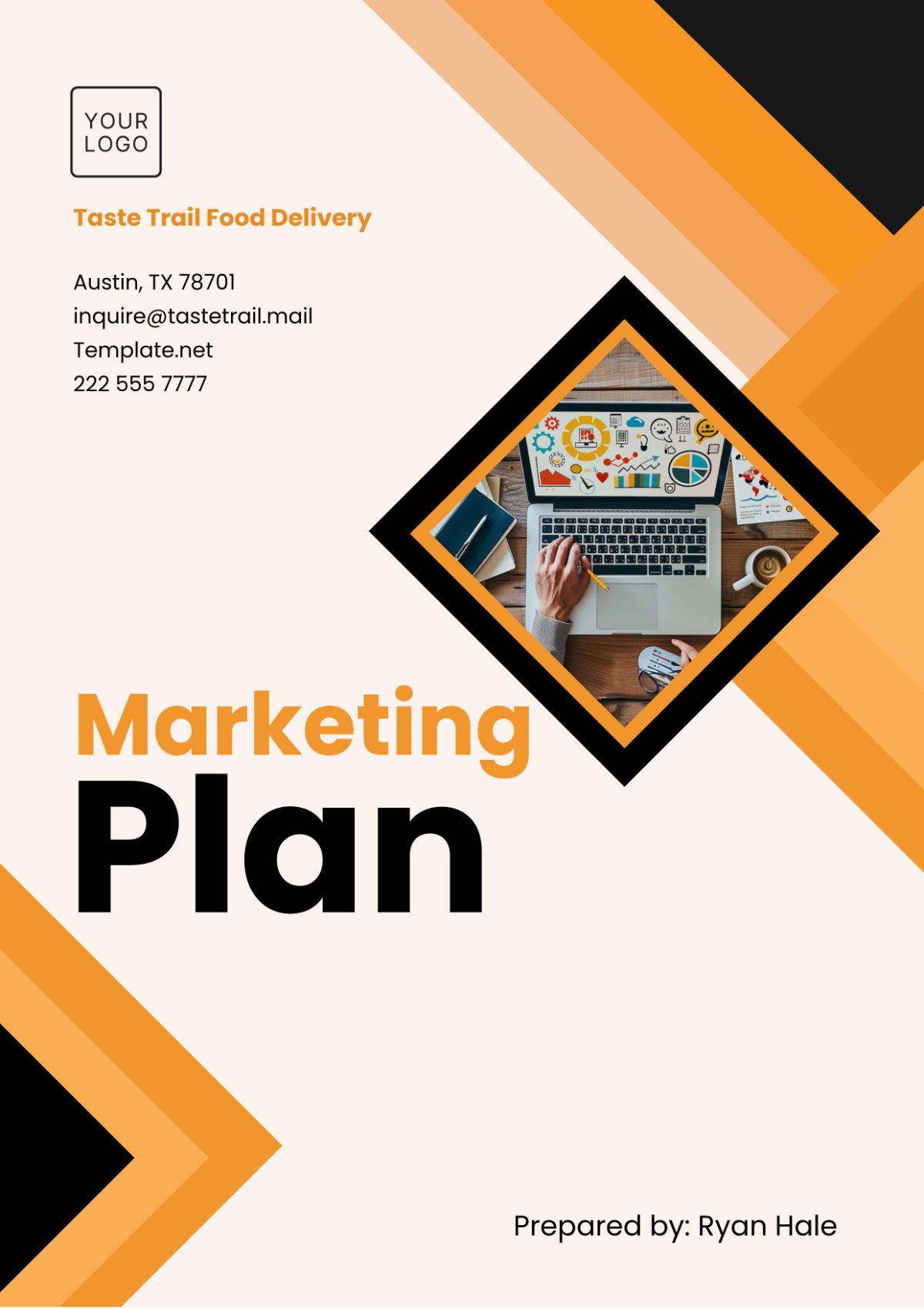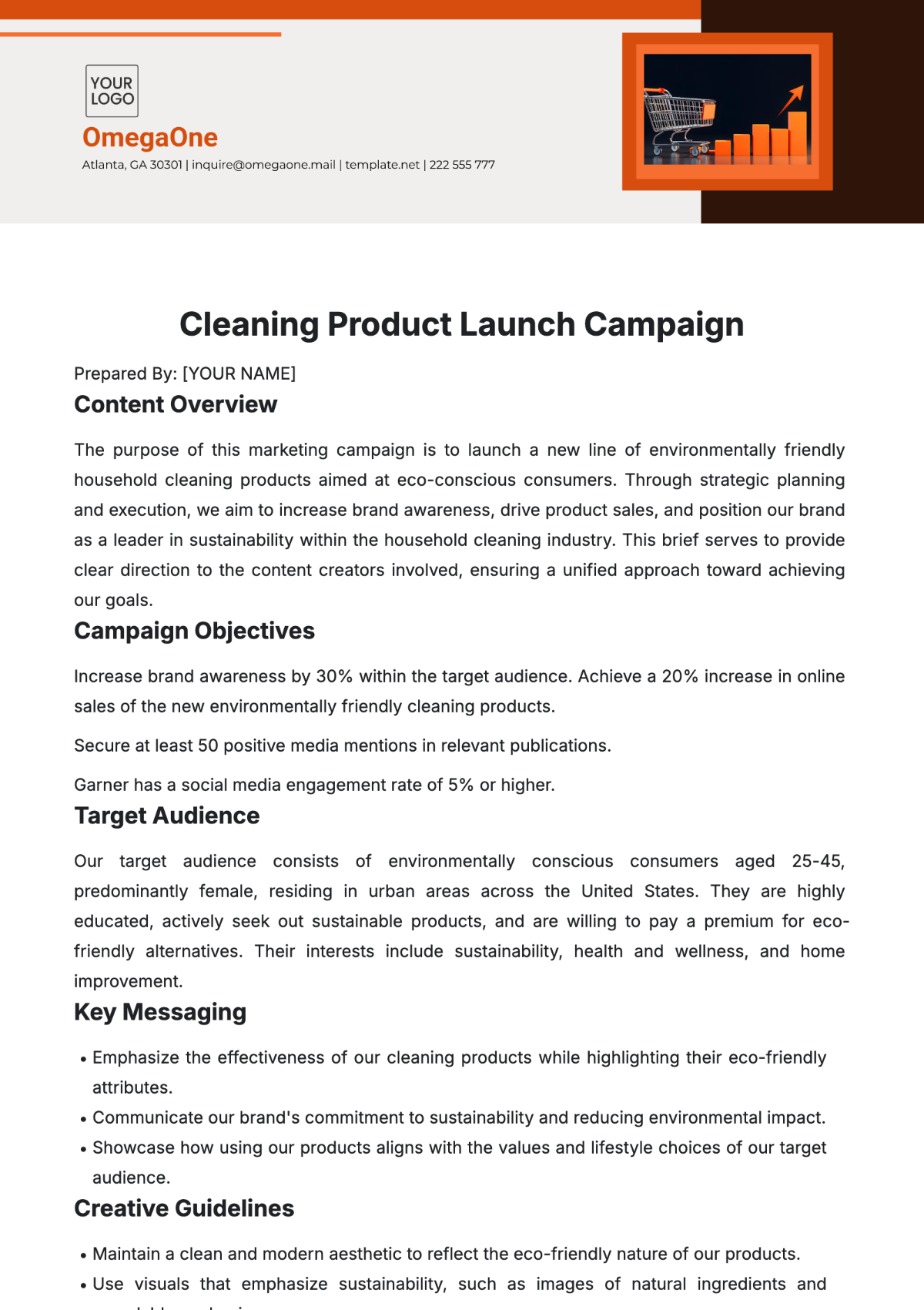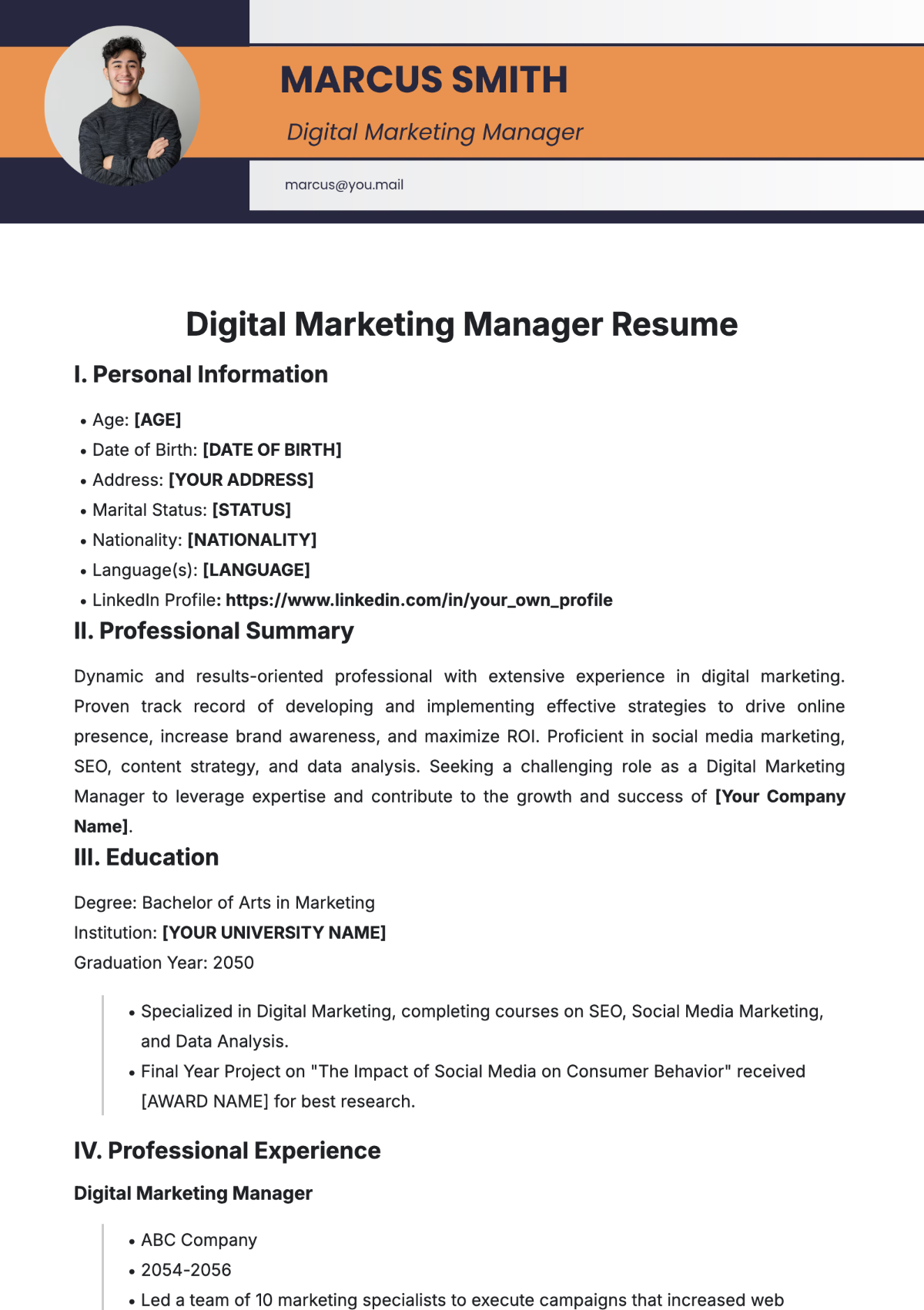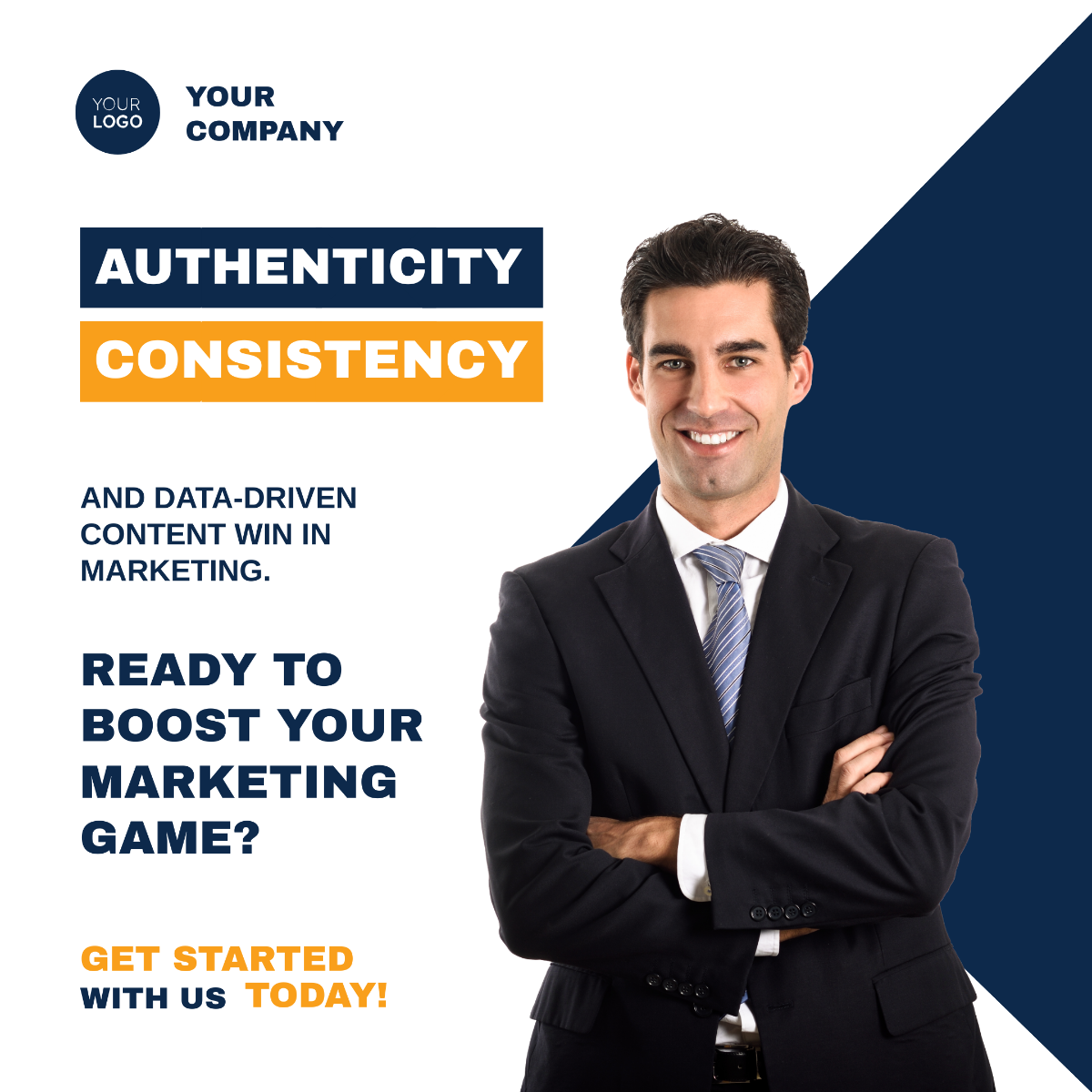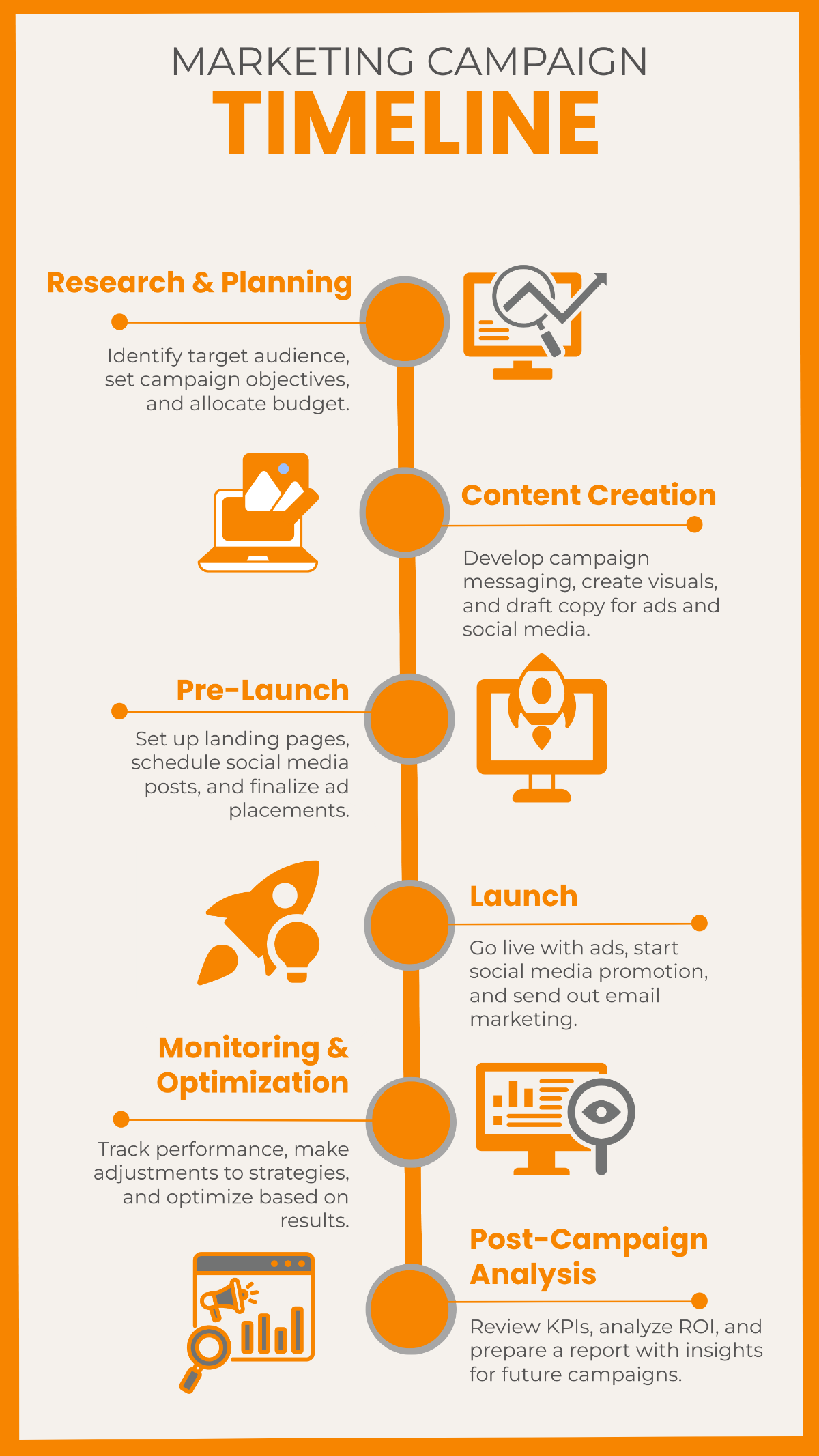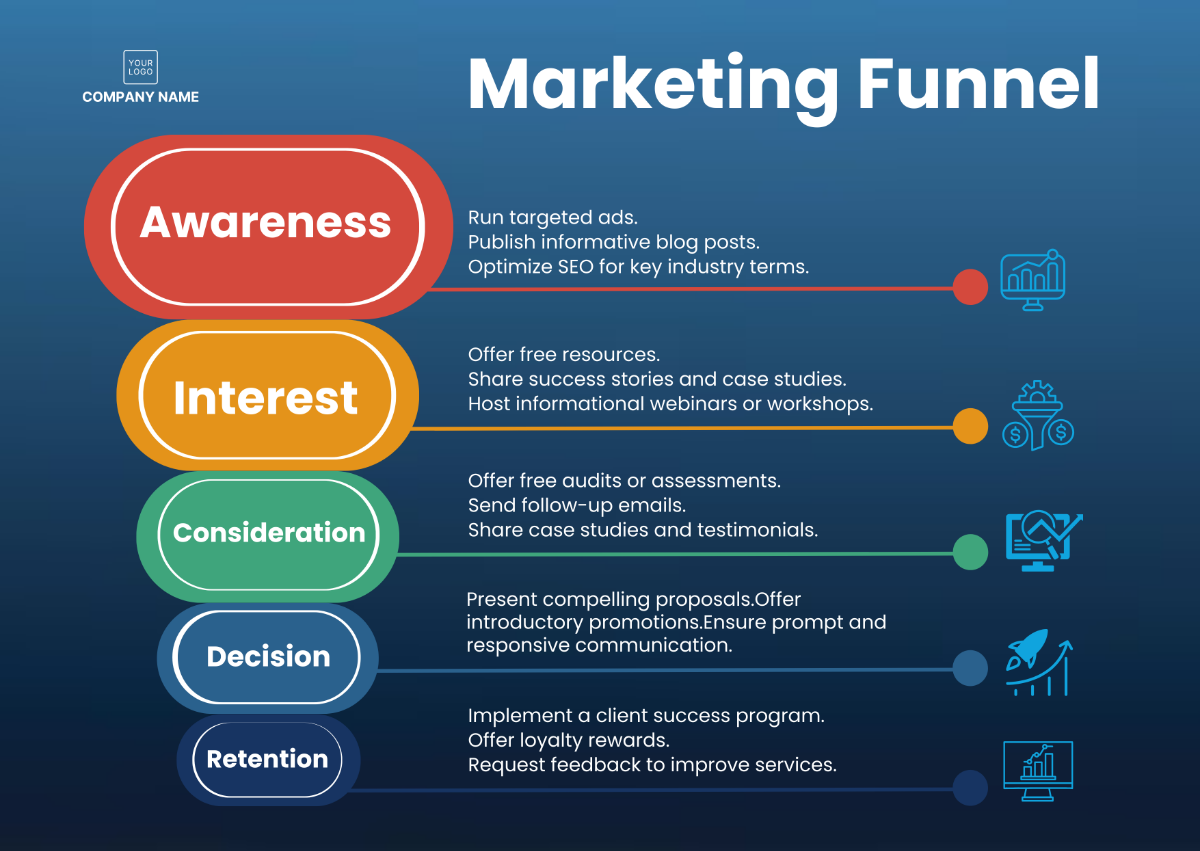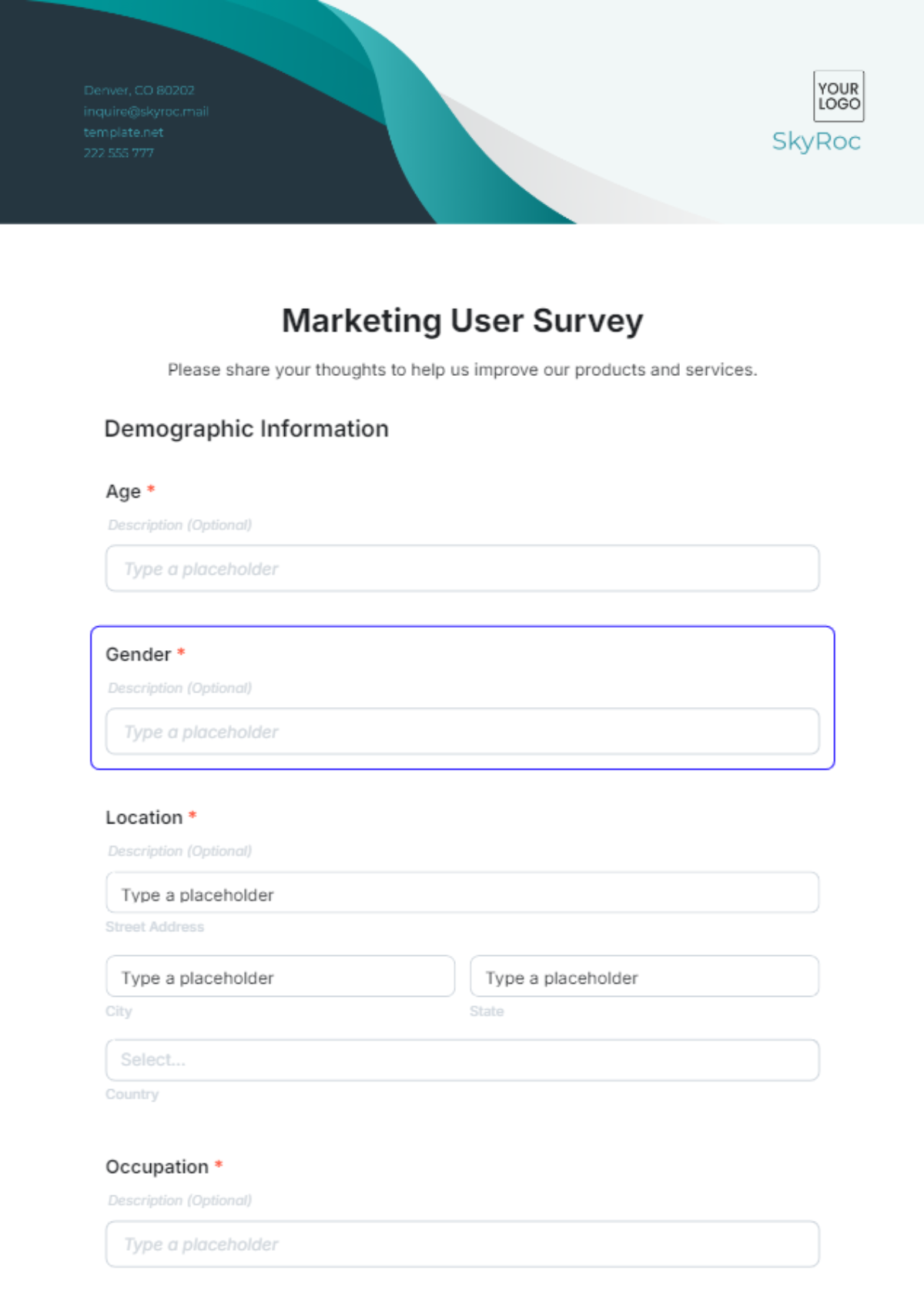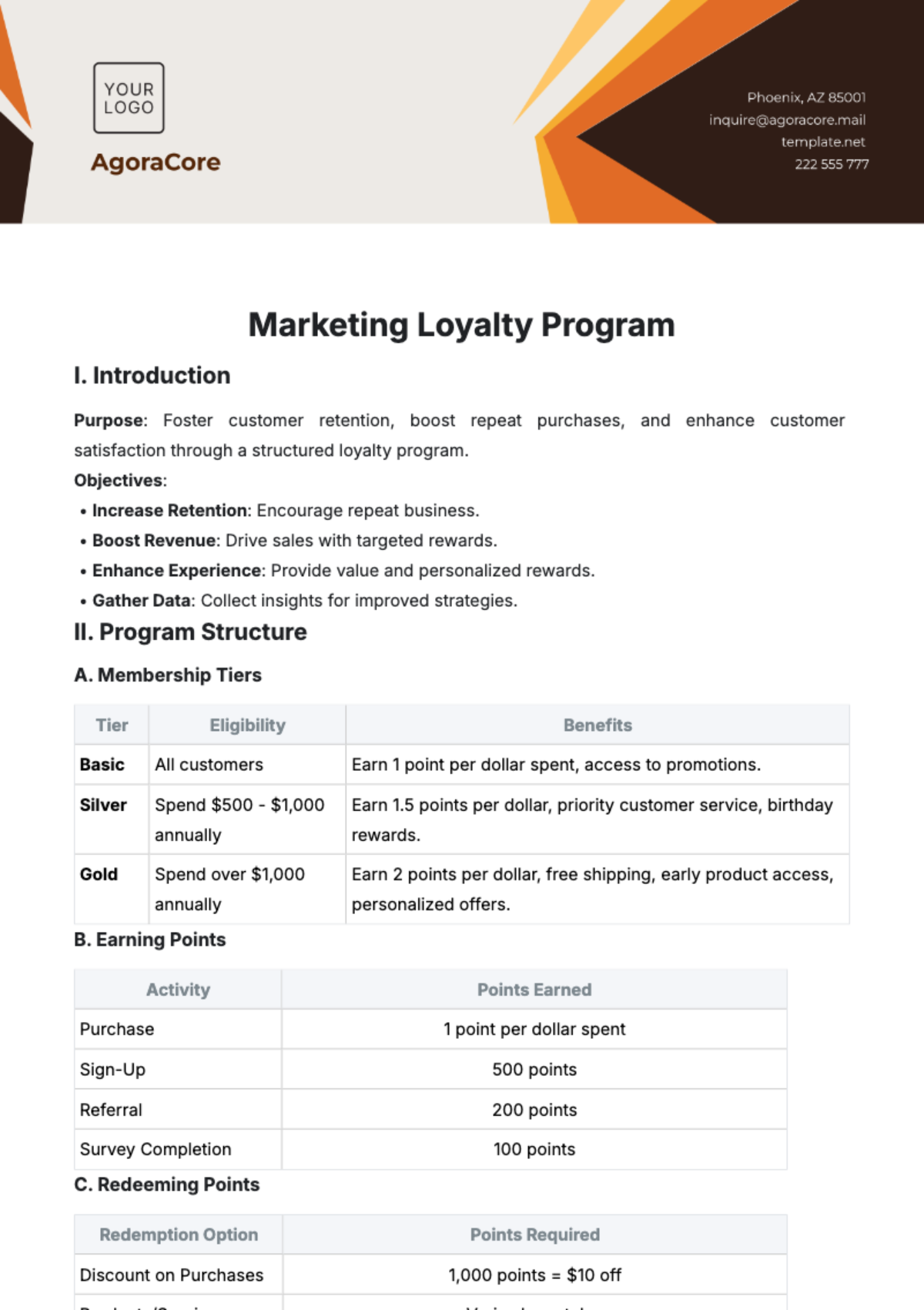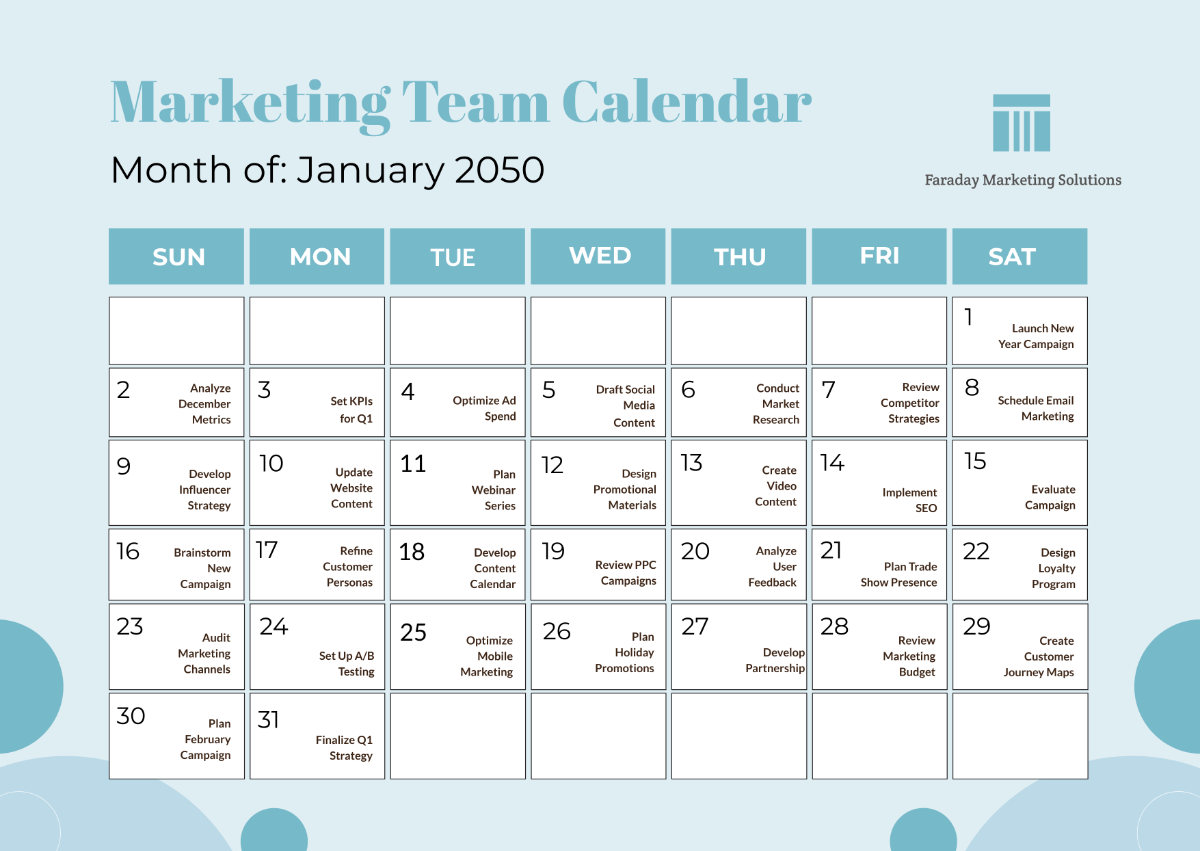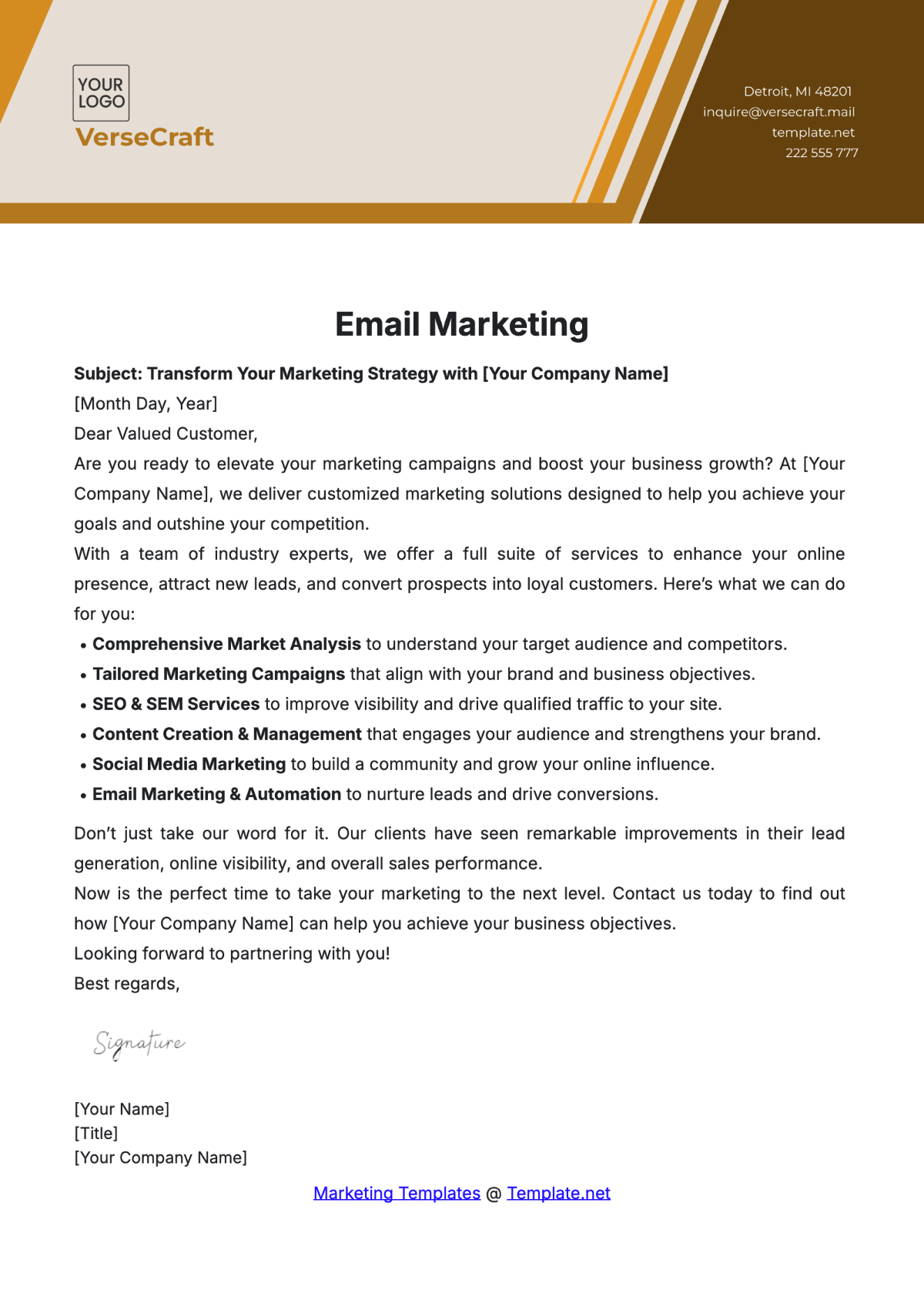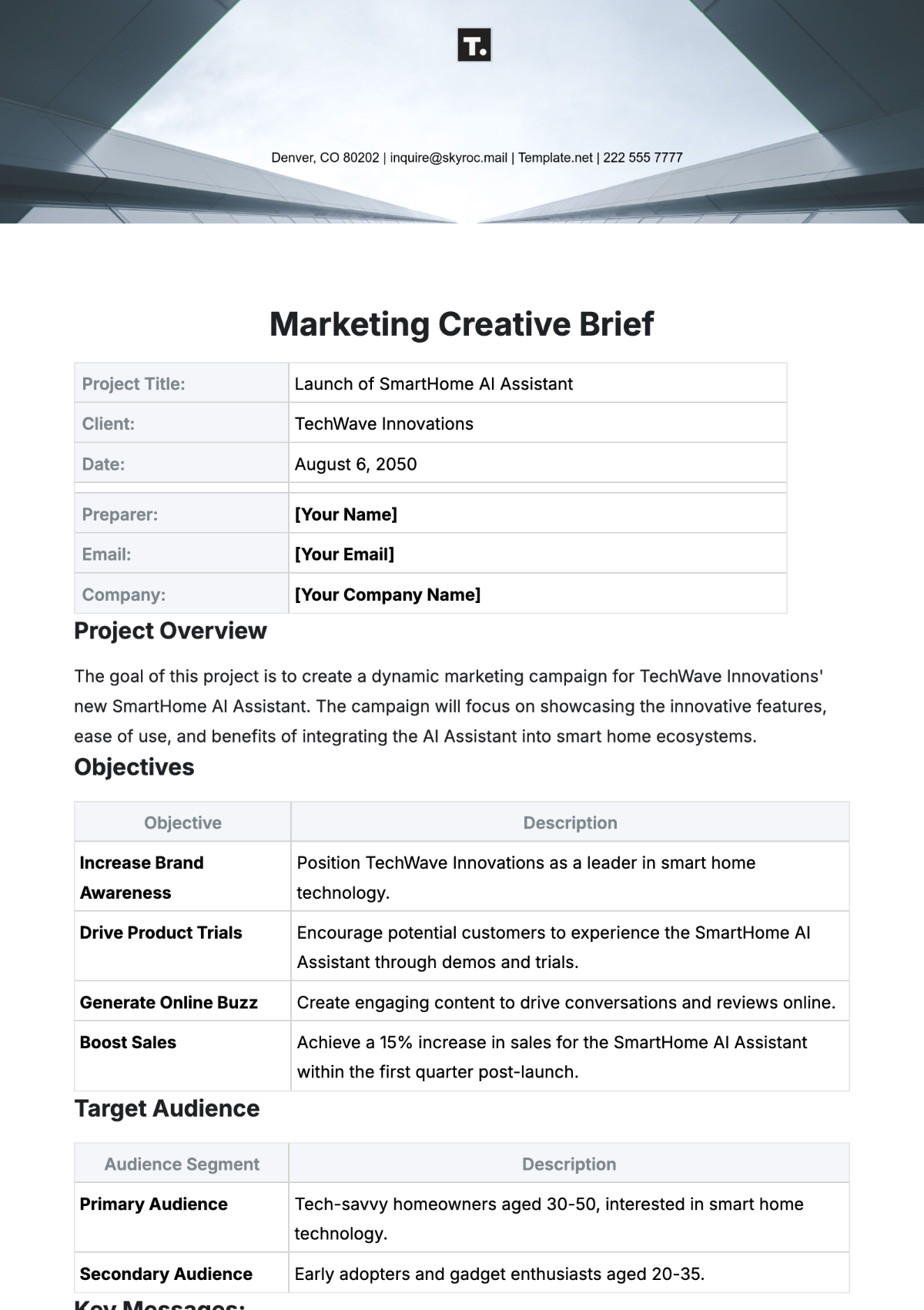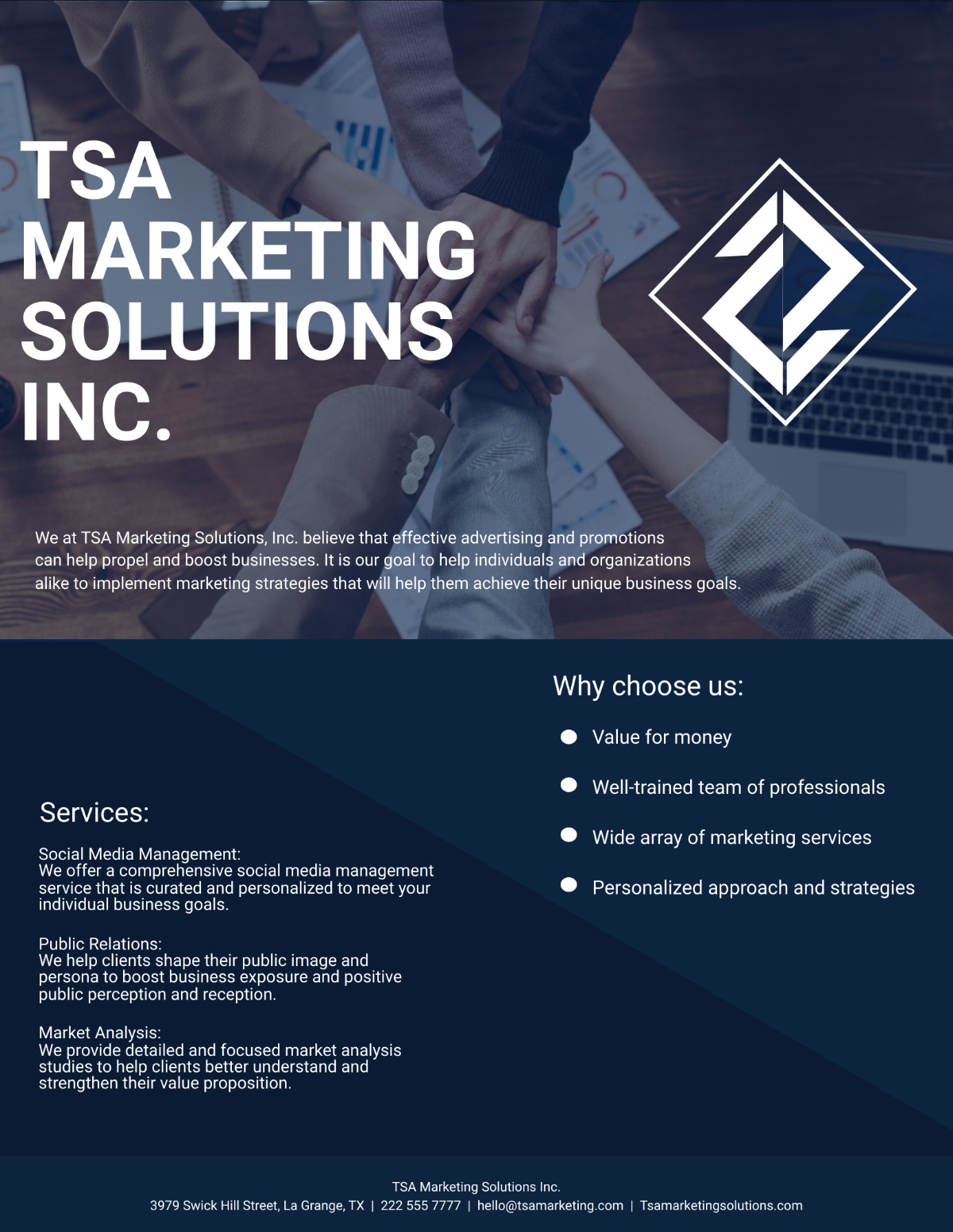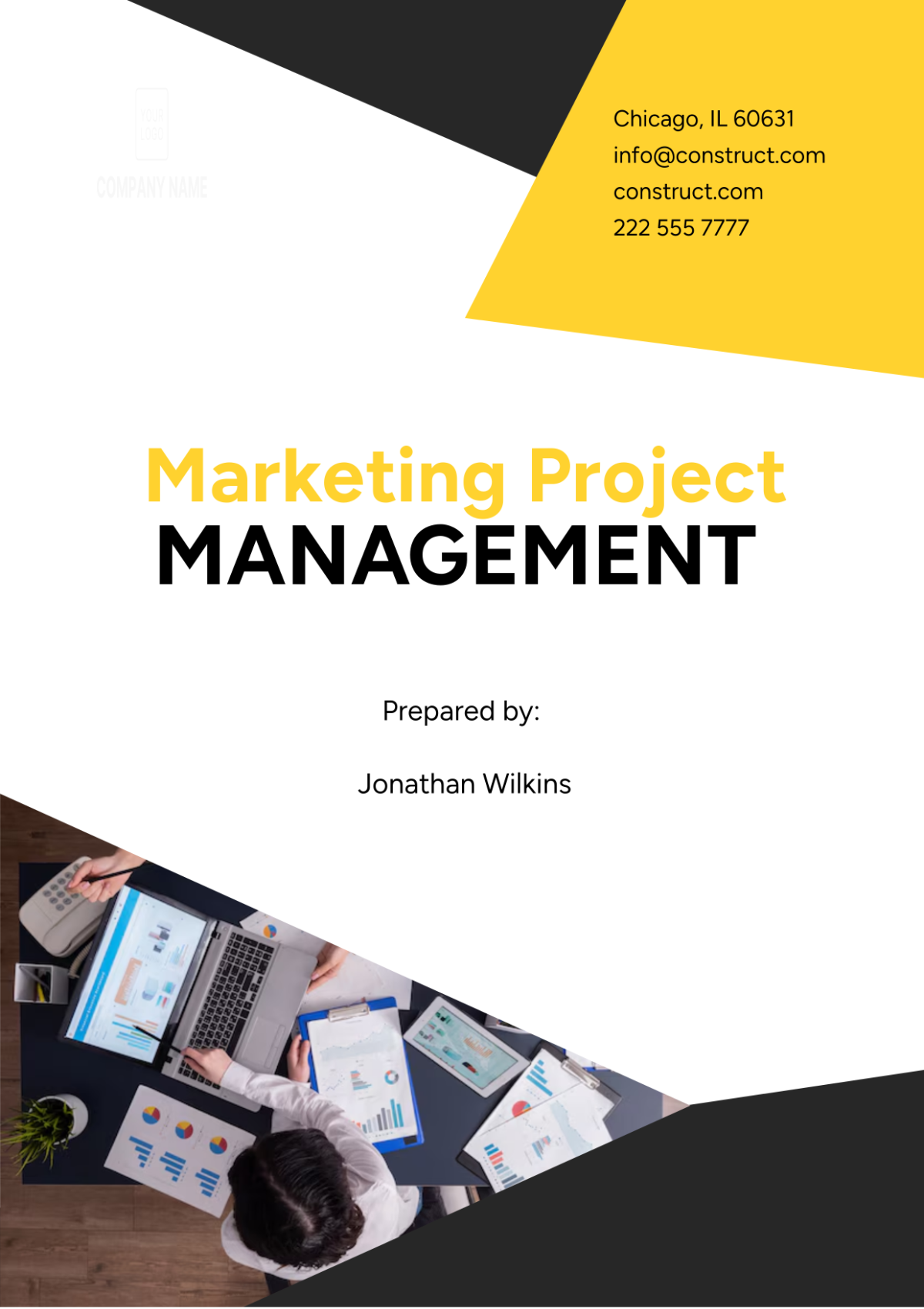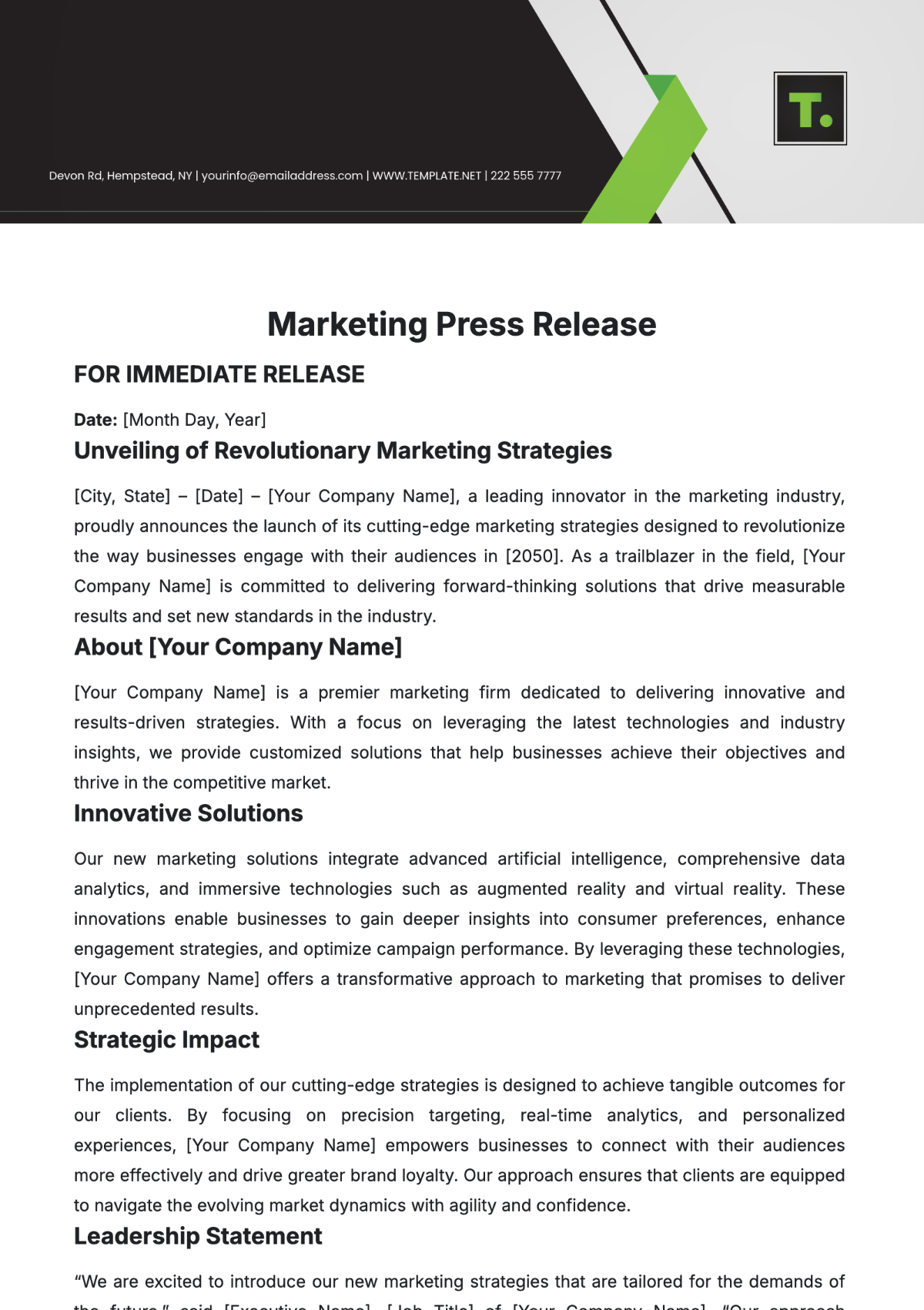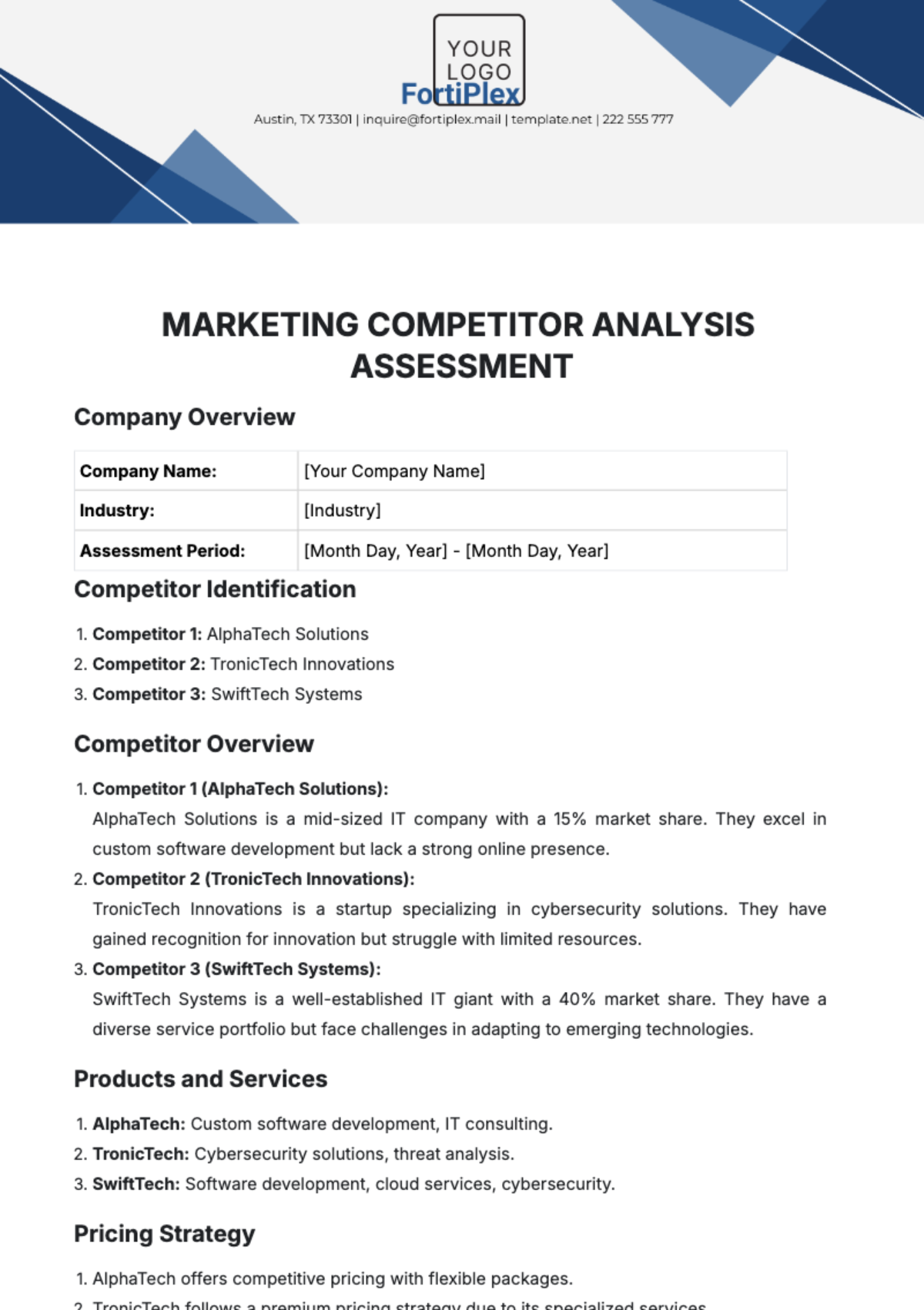Marketing Media Relations Curriculum
Module 1: Introduction to Media Relations
I. Lesson 1: Understanding the Media Landscape
Overview: In this lesson, participants will gain insights into the diverse media landscape, including print, broadcast, and online platforms. Understanding the various forms of media is crucial for crafting effective media relations strategies.
Key Content:
Detailed exploration of print media, including newspapers and magazines, highlighting their regional and niche focuses.
In-depth examination of broadcast media, encompassing television and radio, with insights into newsroom operations.
Comprehensive overview of digital media, emphasizing the rise of online news outlets, blogs, and social media.
Learning Objectives:
Recognize the distinct characteristics of each media type.
Understand the unique preferences and needs of journalists in different media sectors.
Identify opportunities for cross-platform media engagement.
II. Lesson 2: The Role of Media Relations
Overview: This lesson delves into the symbiotic relationship between organizations and the media. Participants will discover how effective media relations can shape public perception and enhance an organization's reputation.
Key Content:
Defining media relations as a strategic communication practice.
Analyzing the dual role of media as information disseminators and watchdogs.
Exploring real-world case studies showcasing the impact of media relations on organizations.
Learning Objectives:
Grasp the fundamental purpose of media relations in building positive organizational reputations.
Comprehend the responsibilities and ethical considerations of media professionals.
Appreciate the value of media coverage as a credibility-building tool.
Module 2: Media Relations Fundamentals
III. Lesson 3: Building Positive Media Relationships
Overview: Effective media relations begins with building trust and credibility with journalists. This lesson explores strategies for nurturing positive relationships with media professionals.
Key Content:
The importance of active listening and responsiveness when interacting with journalists.
Techniques for establishing and maintaining open lines of communication with media contacts.
Case studies highlighting successful long-term media partnerships.
Learning Objectives:
Master interpersonal skills necessary for building rapport with journalists.
Develop strategies for establishing mutually beneficial relationships.
Understand the importance of consistency and reliability in media interactions.
IV. Lesson 4: Crafting Newsworthy Stories
Overview: To secure media coverage, organizations must offer compelling stories. This lesson delves into the art of identifying, developing, and presenting newsworthy stories to the media.
Key Content:
Criteria for evaluating the newsworthiness of a story, including timeliness, significance, and human interest.
Techniques for selecting unique angles and narratives to capture media attention.
Practical exercises in story development and refinement.
Learning Objectives:
Hone the ability to identify and pitch newsworthy stories.
Master storytelling techniques that resonate with journalists and audiences.
Apply critical thinking skills to determine which stories align with organizational objectives.
Module 3: Content Creation for Media Relations
V. Lesson 5: Writing Effective News Releases
Overview: Crafting compelling news releases is a cornerstone of media relations. This lesson provides a deep dive into the structure and elements of an effective news release.
Key Content:
The anatomy of a news release, including headline, subhead, lead paragraph, body, and boilerplate.
Best practices for concise and clear writing, incorporating the "inverted pyramid" style.
Hands-on exercises in writing news releases and optimizing them for digital platforms.
Learning Objectives:
Gain proficiency in news release writing, with an emphasis on clarity and brevity.
Understand the significance of news release distribution channels and timing.
Produce news releases that grab journalists' attention and encourage coverage.
VI. Lesson 6: The Art of Storytelling
Overview: Storytelling is a powerful tool in media relations. This lesson explores the art of storytelling, emphasizing its role in creating memorable narratives for the media.
Key Content:
The psychology of storytelling and its impact on human cognition and emotion.
Techniques for crafting compelling narratives that resonate with journalists and audiences.
Analysis of successful storytelling in media relations through case studies.
Learning Objectives:
Recognize the influence of storytelling in shaping perceptions and building connections.
Apply storytelling principles to media relations strategies and campaigns.
Develop storytelling skills to create memorable and shareable narratives.
Module 4: Engaging with the Media
VII. Lesson 7: Pitching to Journalists
Overview: This lesson explores the art of crafting compelling pitches and effectively communicating story ideas to journalists. Participants will learn the strategies and techniques for securing media coverage.
Key Content:
The anatomy of a successful pitch, including the hook, angle, and relevance to the journalist's beat.
Strategies for tailoring pitches to different media outlets and journalist preferences.
Practice sessions for refining pitch delivery and handling journalists' inquiries.
Learning Objectives:
Develop persuasive pitching skills to capture journalists' interest.
Tailor pitches for specific media outlets, industries, and journalists.
Handle common challenges and objections during the pitching process.
VIII. Lesson 8: Media Interviews and Spokesperson Training
Overview: Preparing spokespeople for media interactions is critical. In this lesson, participants will learn the fundamentals of effective media interviews and spokesperson training.
Key Content:
Message development and delivery techniques to ensure consistency and clarity.
Strategies for staying on message and avoiding pitfalls during interviews.
Real-world interview simulations and constructive feedback.
Learning Objectives:
Equip spokespersons with the skills and confidence needed for successful media interviews.
Develop and refine key messages that align with organizational goals.
Navigate challenging questions and maintain control of the interview narrative.
Module 5: Crisis Communications and Media Relations
IX. Lesson 9: Managing Media During Crises
Overview: Crisis communication strategies are vital for handling challenging situations. This lesson delves into the intersection of media relations and crisis management.
Key Content:
The role of media in crisis situations and its impact on public perception.
Developing a crisis communication plan and media response protocols.
Case studies of organizations effectively managing crises through media engagement.
Learning Objectives:
Understand the symbiotic relationship between media and crises.
Develop crisis communication strategies that prioritize transparency and credibility.
Practice crisis simulations to prepare for real-world challenges.
X. Lesson 10: Turning Crisis into Opportunities
Overview: In the face of crises, effective media relations can help organizations rebuild trust and reputation. This lesson explores strategies for leveraging the media to turn crisis into opportunities.
Key Content:
Case studies showcasing organizations that successfully rebounded from crises through media engagement.
Techniques for rebuilding trust and credibility in the aftermath of a crisis.
Crafting proactive narratives and messages to regain public confidence.
Learning Objectives:
Identify opportunities for reputation recovery through media relations.
Develop communication strategies that demonstrate accountability and resilience.
Apply lessons learned from crisis case studies to real-world scenarios.
Module 6: Monitoring and Measuring Media Relations
XI. Lesson 11: Media Monitoring and Analysis
Overview: Effective media relations strategies rely on real-time monitoring and data analysis. In this lesson, participants will explore tools and techniques for tracking media coverage and sentiment.
Key Content:
Media monitoring platforms and their features for tracking news articles, mentions, and social media conversations.
Analyzing media coverage to assess message penetration and alignment with organizational goals.
Adjusting media relations strategies based on data-driven insights.
Learning Objectives:
Utilize media monitoring tools to stay informed about media coverage.
Develop analytical skills to measure the impact of media relations efforts.
Make data-informed decisions for optimizing media engagement strategies.
XII. Lesson 12: ROI and Performance Metrics
Overview: Measuring the return on investment (ROI) of media relations efforts is essential. This lesson explores key performance indicators (KPIs) and methods for evaluating success.
Key Content:
Identifying KPIs, such as media mentions, share of voice, and audience engagement metrics.
Developing a balanced scorecard approach to assess the overall effectiveness of media relations.
Reporting and presenting results to internal stakeholders and decision-makers.
Learning Objectives:
Understand the significance of measuring media relations ROI.
Define and track relevant KPIs to assess campaign performance.
Translate data into actionable insights for continuous improvement.
Module 7: Advanced Media Relations Strategies
XIII. Lesson 13: Social Media Integration
Overview: The integration of social media with media relations is a powerful strategy. In this lesson, participants will explore how to leverage social media platforms for media engagement.
Key Content:
Strategies for using social media to connect with journalists and amplify media coverage.
Monitoring social media conversations and trends to identify media opportunities.
Real-world examples of organizations successfully integrating social media into media relations campaigns.
Learning Objectives:
Discover the synergy between social media and media relations.
Develop a social media strategy that complements media engagement efforts.
Harness the potential of social media to enhance media visibility and reach.
XIV. Lesson 14: Building and Managing Media Lists
Overview: Customized media outreach requires well-curated media lists. This lesson delves into the process of building and maintaining targeted media contact databases.
Key Content:
Creating comprehensive media lists tailored to specific industries, regions, and campaign objectives.
Strategies for keeping media contact information up-to-date and accurate.
Customizing pitches and outreach based on segmented media lists.
Learning Objectives:
Develop a systematic approach to building and managing media lists.
Tailor pitches and outreach to maximize relevance and response rates.
Maintain an organized and accessible media contact database.
Module 8: Legal and Ethical Considerations
XV. Lesson 15: Legal and Ethical Framework
Overview: Media relations professionals must navigate legal and ethical complexities. In this lesson, participants will explore the legal obligations and ethical considerations in media interactions.
Key Content:
Understanding legal aspects, including copyright, defamation, and privacy rights.
Ethical principles and guidelines governing media relations, including transparency and honesty.
Strategies for ensuring compliance with legal and ethical standards in media engagement.
Learning Objectives:
Recognize potential legal pitfalls in media relations and how to mitigate them.
Uphold ethical standards in all media interactions and communications.
Foster a culture of responsibility and integrity within media relations teams.
XVI. Lesson 16: Case Studies and Best Practices
Overview: Learning from real-world examples is essential for professional growth. In this lesson, participants will analyze successful media relations campaigns and draw insights from challenges and failures.
Key Content:
In-depth analysis of successful media relations campaigns across industries and sectors.
Case studies highlighting organizations that effectively navigated media challenges.
Identifying best practices and lessons learned to apply in participants' own media relations strategies.
Learning Objectives:
Learn from the successes and setbacks of other organizations in the realm of media relations.
Apply best practices and innovative strategies to create impactful media relations campaigns.
Foster a culture of continuous learning and adaptation in media relations teams.
Module 9: Practical Application
XVII. Lesson 17: Hands-On Exercises and Simulations
Overview: Effective learning involves practical application. In this lesson, participants will engage in hands-on exercises and simulations to apply media relations skills in real-world scenarios.
Key Content:
Crafting news releases, media pitches, and media interview responses.
Conducting mock media interviews and press conferences.
Crisis communication simulations to test response strategies.
Learning Objectives:
Apply media relations principles and techniques in a controlled environment.
Gain experience in handling real-world media scenarios, including interviews and crises.
Receive constructive feedback and refine skills for future application.
Module 10: Capstone Project
XVIII. Lesson 18: Developing a Media Relations Campaign
Overview: The capstone project provides participants with the opportunity to apply their knowledge and skills to a comprehensive media relations campaign. This lesson focuses on forming teams, selecting campaign topics, and initial planning.
Key Content:
Forming project teams and assigning roles and responsibilities.
Researching and selecting campaign topics aligned with organizational goals.
Developing a strategic plan, including objectives, target audiences, and media engagement strategies.
Learning Objectives:
Collaborate effectively in project teams to plan and execute a media relations campaign.
Apply research and strategic planning skills to develop a campaign that aligns with specific objectives.
Understand the importance of teamwork and delegation in successful media relations projects.
XIX. Lesson 19: Presentation and Evaluation
Overview: The final lesson of the curriculum focuses on the presentation and evaluation of capstone projects. Participants will present their media relations campaigns and receive feedback from peers and instructors.
Key Content:
Team presentations of capstone projects, including campaign strategies and outcomes.
Peer and instructor feedback sessions to assess project effectiveness.
Reflection on lessons learned throughout the curriculum and their application in the capstone projects.
Learning Objectives:
Present capstone projects effectively, showcasing campaign strategies and results.
Receive constructive feedback from peers and instructors to refine project skills.
Reflect on personal growth and development throughout the curriculum.
By the end of the Marketing Media Relations Curriculum, participants will have gained comprehensive knowledge and practical skills in media relations, crisis communication, ethical considerations, and effective media engagement. They will be well-prepared to excel in the field of media relations and contribute to the success of their organizations or clients through strategic media engagement.
